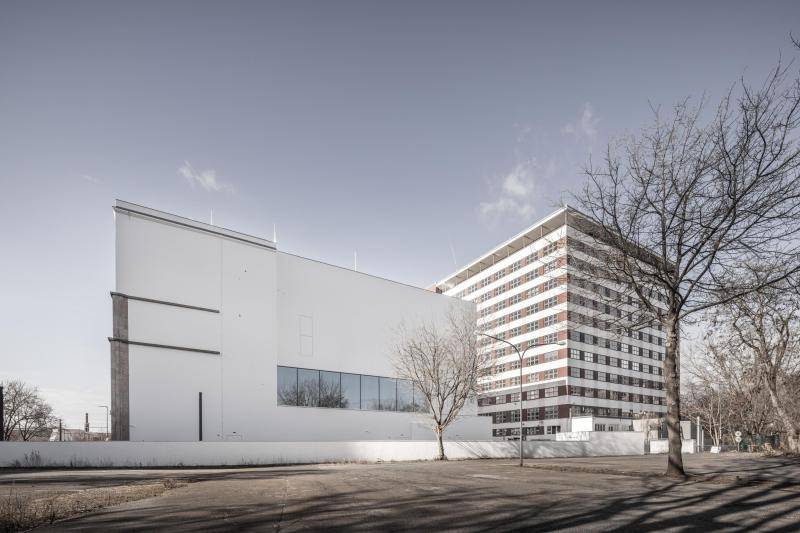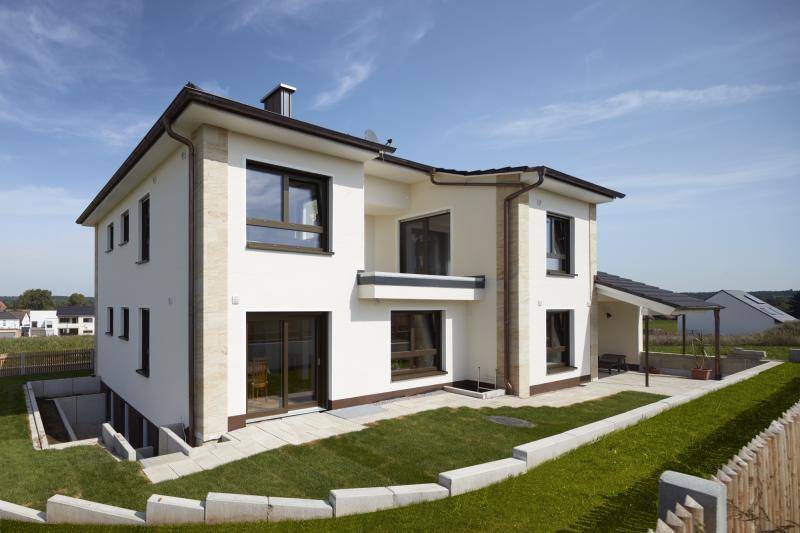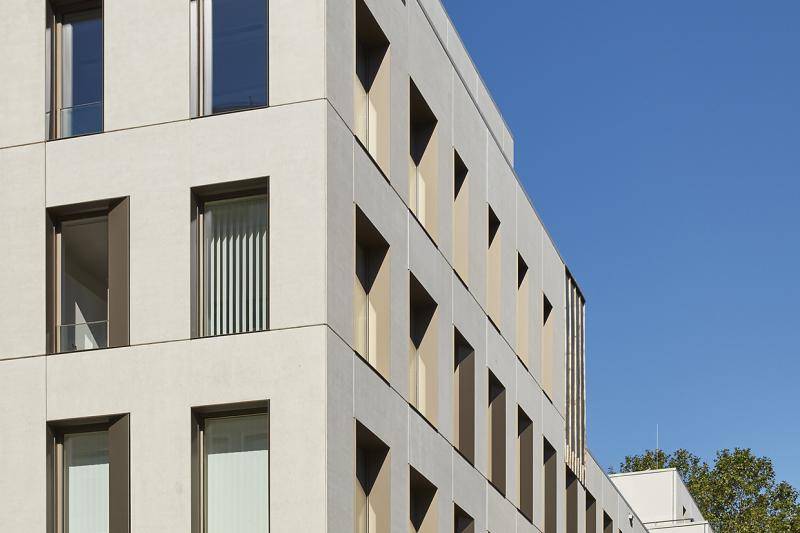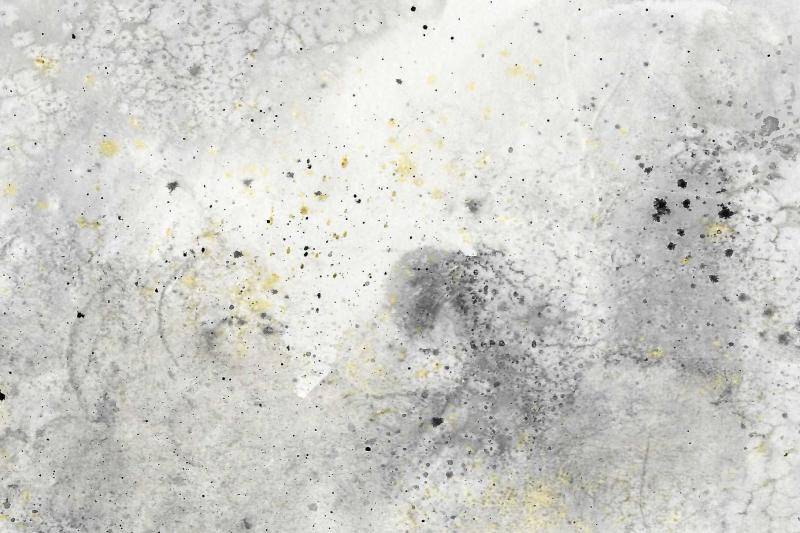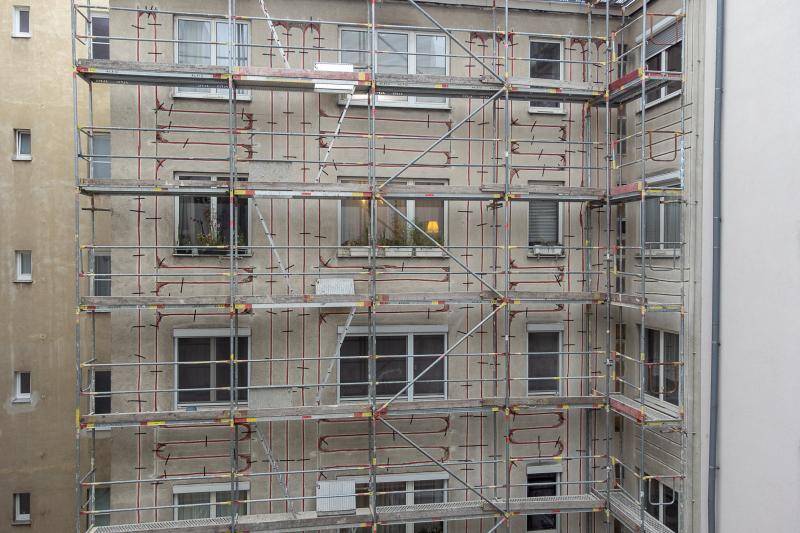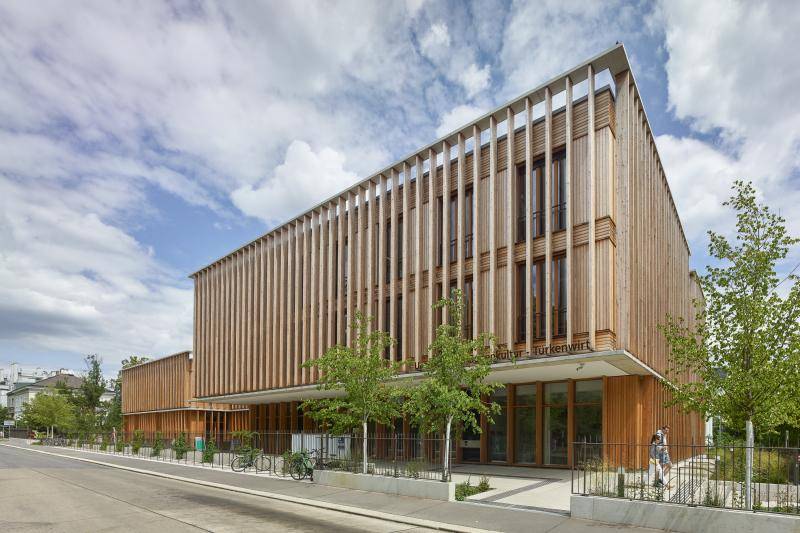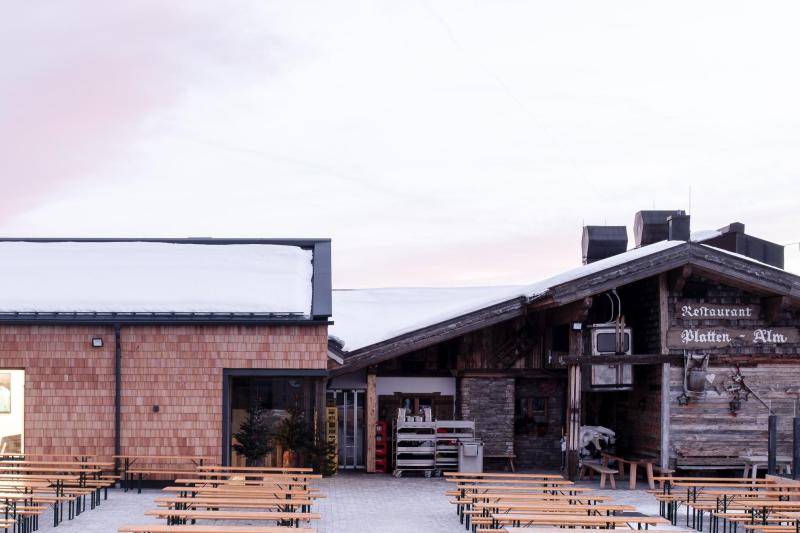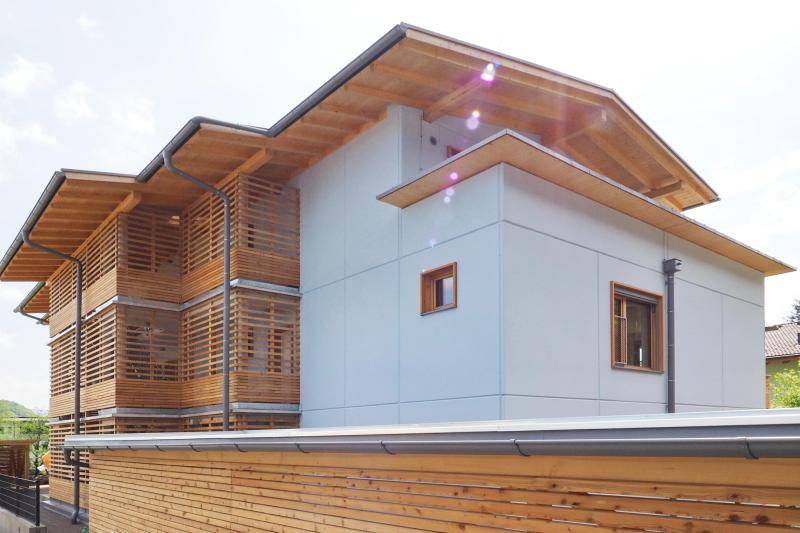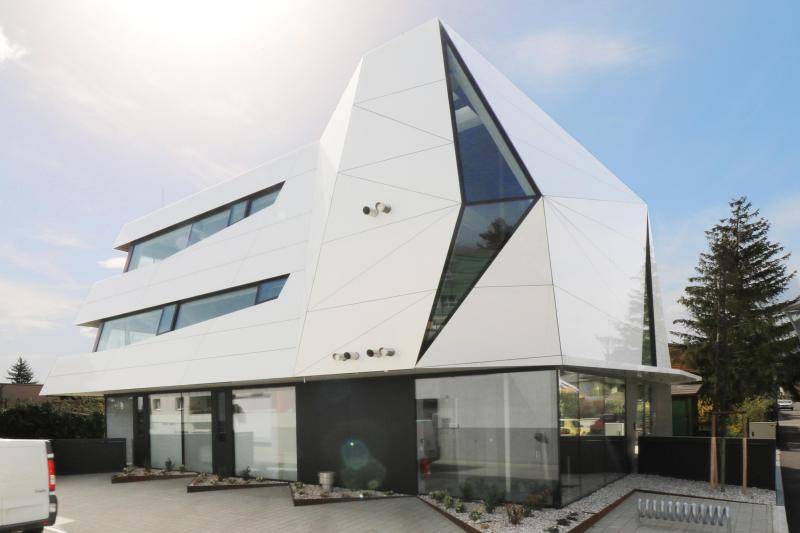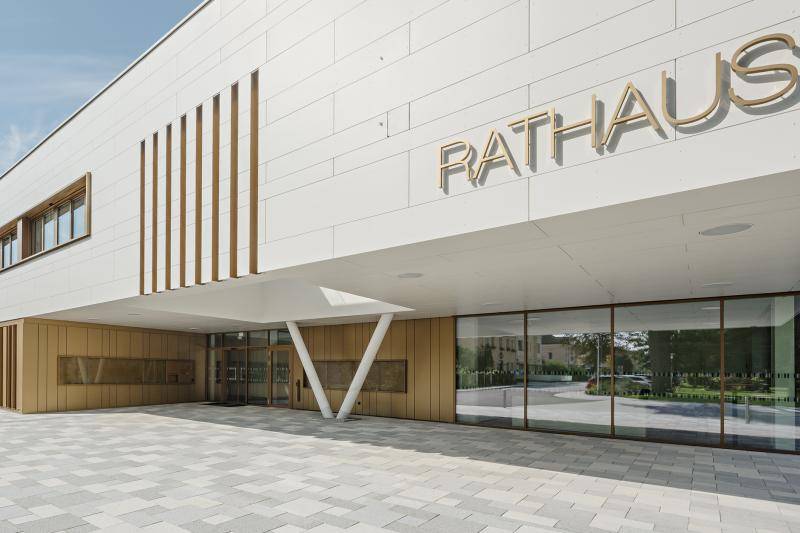Das Deutschlandhaus
The Deutschlandhaus in Berlin has found a new tenant since last year in the form of the Foundation Flight, Expulsion, Reconciliation. Marte.Marte Architekten succeeded in preserving the atmosphere of the listed building while at the same time making a statement for sustainability and culture with the new integration of a monolithic concrete cube.
Bundesanstalt für lmmobilienaufgaben represented by the Federal Office for Building and Regional Planning
2021
Project Management: Bundesamt fur Bauwesen und Raumordnung, Referat IV 6
Outdoor facilities/art on building: Arge Annabau/Via Lewandowsky
Structural engineering: Ruffert und Partner
Construction company: Bleck & Söhne Hoch- und Tiefbau GmbH & Co. KG
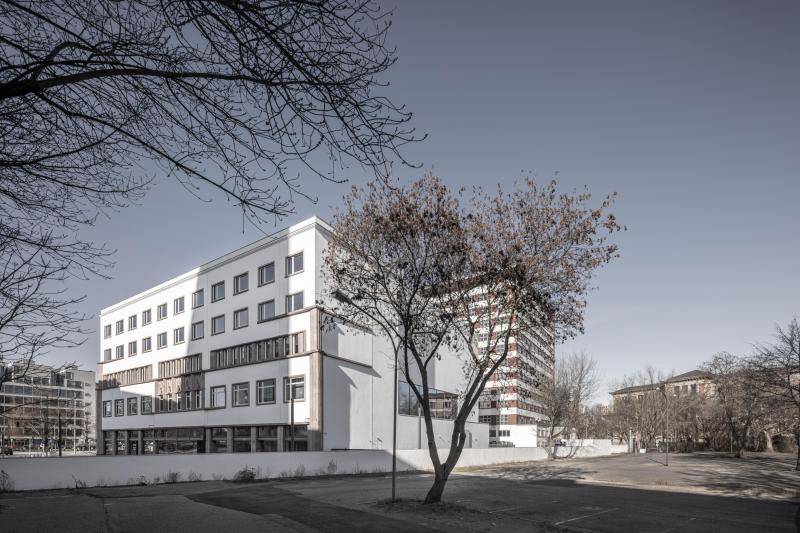
Located in Berlin's Kreuzberg district prominently between Anhalter Strasse and Stresemannstrasse, the Deutschlandhaus, which was completed in 1931 and is now a listed building, has an eventful history. As part of the Europahaus building complex built in the New Objectivity style, the ensemble of buildings at the former Anhalter Bahnhof housed numerous restaurants as well as a cinema and vaudeville theater in addition to stores, and later became the "House of the East German Homeland" and was finally rented out for office purposes. With the arrival of the Foundation Flight, Expulsion, Reconciliation, the historic building has now been extensively refurbished, converted and supplemented by a striking new building for the recently opened Documentation Center.
The centerpiece of the new documentation center is the sculptural interior of the new exhibition area. The absolute highlight: the nearly 1,000-square-meter, all-encompassing ceiling made of exposed concrete, which simultaneously shows the soffit of the exhibition space cast in concrete above.
In addition to aesthetics, sustainability was also an important concern for the architects: "The resulting hollow chambers are used for the building services installations and are accessible from the second floor via the floor. The installations located in the ceiling are supplied via these chambers: heating and cooling through component activation, smoke aspiration system, electrical and data supply for the busbars, and the electroacoustic system." In addition, fresh air supply for the exhibition on the second floor is ensured via the hollow ceiling, he added.
(Text: Linda Pezzei ; Z+B magazine; in shortened form)
